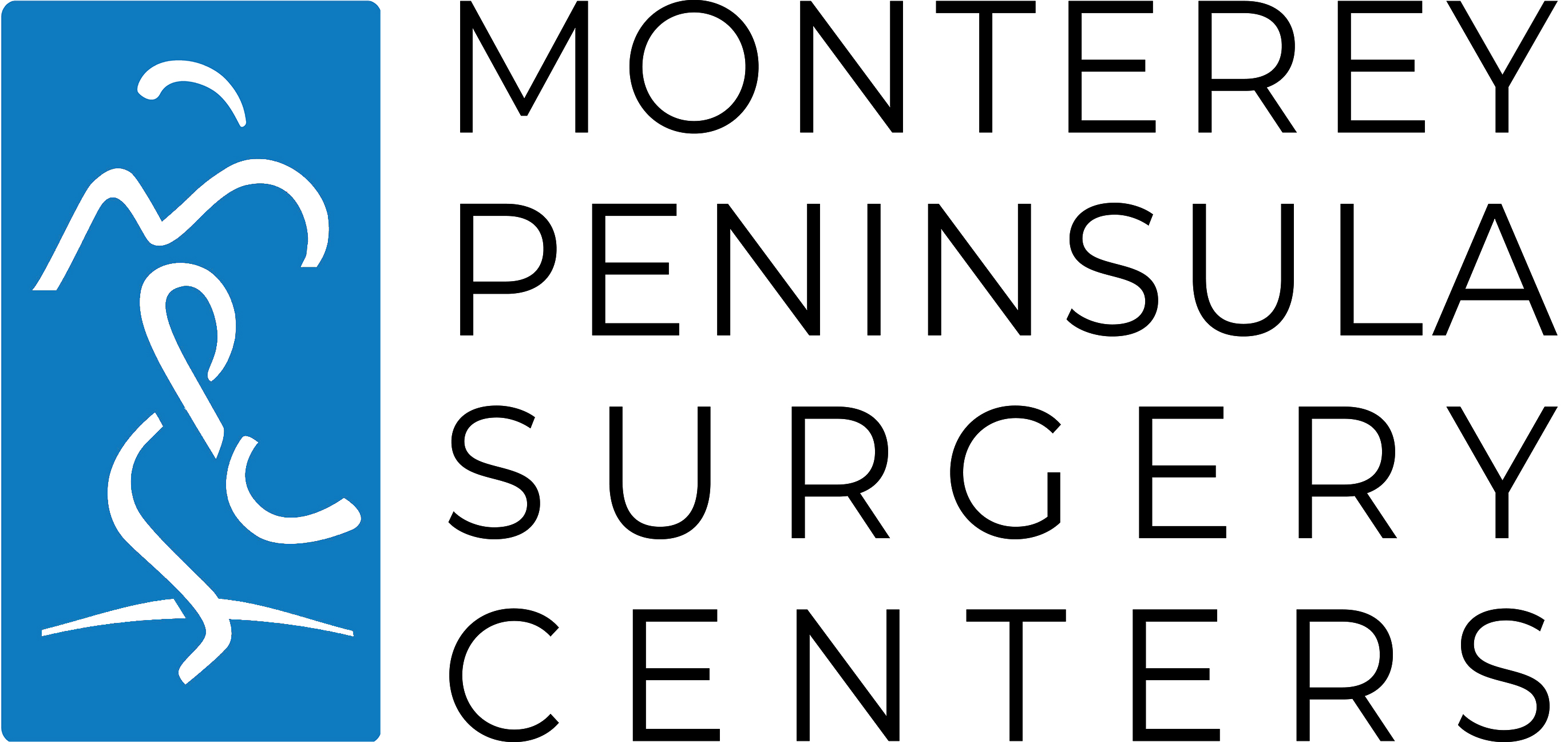General Surgery is a discipline of surgery where doctors have a broad, yet often very specialized training in all disciplines of surgery and medicine. A general surgeon has specialized knowledge and experience related to diagnosis, preoperative, operative, and postoperative management, including managing complications, in a wide range of primary components of surgery. In today’s environment of specialization, the value of a general surgeon’s core of knowledge in all surgical specialties is a major benefit to patients.
General surgeons at MPSC perform the following general procedures:
Advanced Laparoscopic Surgery
Breast Surgery
Chest Surgery
Colorectal Surgery
Esophageal Surgery
Gallbladder Surgery
Gastrointestinal Surgery
Head and Neck Surgery
Hernia Surgery
Pancreatic Surgery
Parathyroid Surgery
Thyroid Surgery
Weight Loss Surgery
Bariatric Coordinator
Partial Mastectomy
Mastectomy
Oncoplastic Partial Mastectomy
Breast Reconstruction





